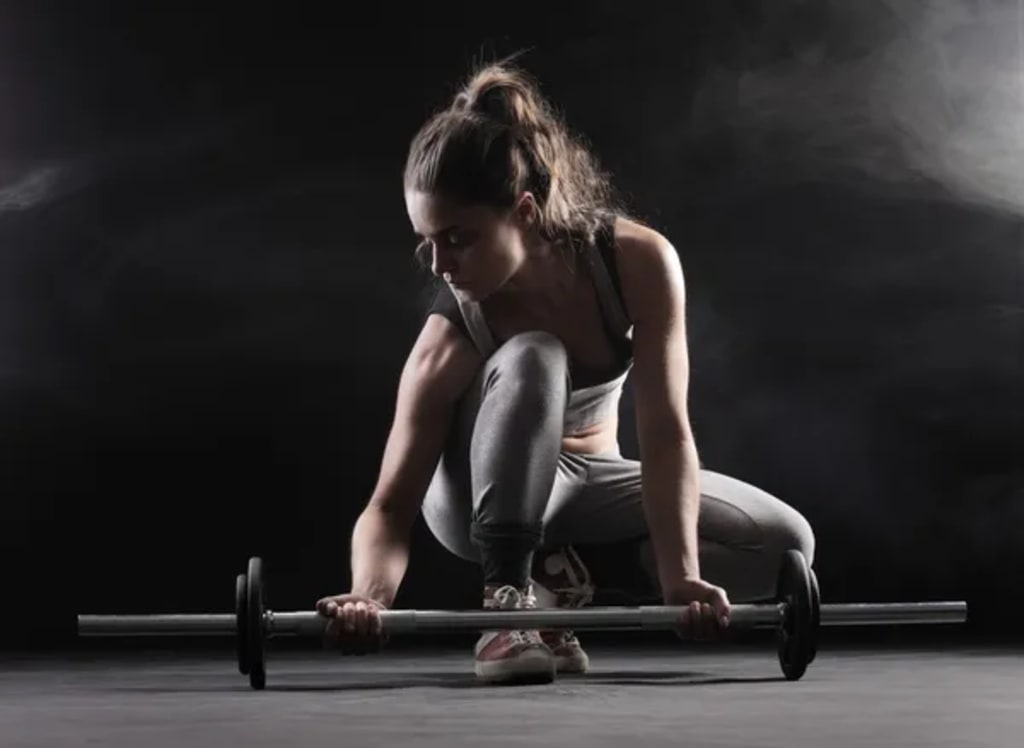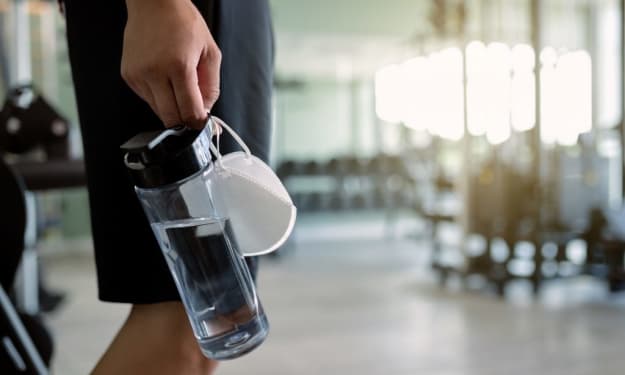Fitness Tips: Decoding The Real Idea Of Fitness, Beyond Physical Appearance And Body Weight
Fitness: An overweight individual does not necessarily have to be deemed unfit. A person on a heavier or curvier side can be as fit as somebody who passes the societal norms of fitness and aesthetics

A woman's appeal and a man's masculinity are vastly evaluated by their appearance which, unfortunately, is directly influenced by the Entertainment and Fashion Industry. The fitness narrative has been confined to mere body-proportions and slenderness for women, and muscularity for men. Ironically, fashion trends are held as the ultimate framework for understanding the idea of fitness and it's pitiful that the millennials and Gen-Z have been intoxicated with this idea. Think of how size zero made us go insane and drool over Kareena Kapoor Khan's figure, or how those high-fashion models walking the ramp confidently, looking all glamorous and owning their attires left us envying them. Youngsters tend to idolise these body-size trends and yearn to transform their bodies to fit into these constricted portraits.

HIGHLIGHTS :
- Fitness does not mean having low body weight
- Do not let your body weight affect your self-esteem
- Your body composition and flexibility can influence your fitness
Decoding fitness: Here's what it really means :
The ideology is so heavily promoted that it successfully influences youngsters to be thin and waiflike. Nonetheless, in the attempt to achieve these unrealistic goals, the ramifications to their physical and mental health are hazardous, the idea takes such a stronghold in their mind that if not accomplished, can leave them anxious, sad, and unsatisfied with their own body. This dissatisfaction leads to low self-esteem, shaky self-confidence, and pushes one to go an extra mile to lose weight (fad dieting or crash dieting), or engage in unhealthy practices, for example, burning fat through weight reduction diet pills, fat burners, and smoking. These practices have the potential of resulting in a clinical eating disorder or depression amongst youngsters.
WHO defines 'Health' as a state of complete physical, mental and social well-being and not merely the absence of disease. Fitness is built on 5 verticals of physical attributes including Cardiorespiratory Endurance, Muscular Strength, Muscular Endurance, Body Composition, and Flexibility. Let's dig a little deeper into what these 5 verticals of Fitness mean:
1. Cardiorespiratory endurance: Also called Stamina. On the off chance, if you have wondered how long-distance runners can run for such a long time, it is mainly because they have worked on building their stamina for running long distances.
2. Muscular strength: This refers to the amount of maximum weight one can lift in a single go. Think of Powerlifters!
3. Body composition: This refers to the ratio of the body's fat mass to muscle mass. While comparing two people weighing the same, the one who has more muscle mass than body fat is considered fitter and is generally leaner.
4. Muscular endurance: This indicates the ability of one's muscles to sustain or repeat a particular action against load or resistance, for an extended period, such as the boat race of Kerala where the canoe is paddled for long durations or when an individual does 18 repetitions of bicep curls with a 10 kg load.
5. Flexibility: This is the ability of our joints to move and have a pain-free range of motion. Backbends are notorious for a reason.
Fitness doesn't rely on one particular body type - whether we talk about Ectomorph - the one who finds it difficult to gain mass; Mesomorph - who can gain and shed weight easily; or an Endomorph - who can gain easily but not lose easily. There are a lot of factors that go into affecting one's fitness levels such as genetics, general metabolism, activity levels, eating habits, stress, nutrition, body composition, and medical conditions. For example, someone who is shredded may have an amazing body composition but lack flexibility while someone who looks overweight may have a more flexible body but lack strength. One may be healthy but may not be fit for a certain job or sport, and requires training for it.
An overweight individual does not necessarily have to be deemed unfit. A person on a heavier or curvier side can be as fit as somebody who passes the societal norms of fitness and aesthetics. The simple difference is that the needs of a curvier individual do not revolve around shedding pounds or having abs all year round. It is crucial we understand that one's fitness levels are not defined by his/her dress size, body-proportions, specific muscle-fat ratio, and most importantly, weight.
he recently-launched body-positivity campaign by MyHealthBuddy aims at educating people about the need to change their perspective about fitness. The campaign is targeted towards sensitising people about self-image and promote self-acceptance.
We need to understand that healthy body weight is not a specific number but is a whole range of bodyweight where one can be fit and healthy
About the Creator
Enjoyed the story? Support the Creator.
Subscribe for free to receive all their stories in your feed. You could also pledge your support or give them a one-off tip, letting them know you appreciate their work.






Comments
Venu is not accepting comments at the moment
Want to show your support? Send them a one-off tip.